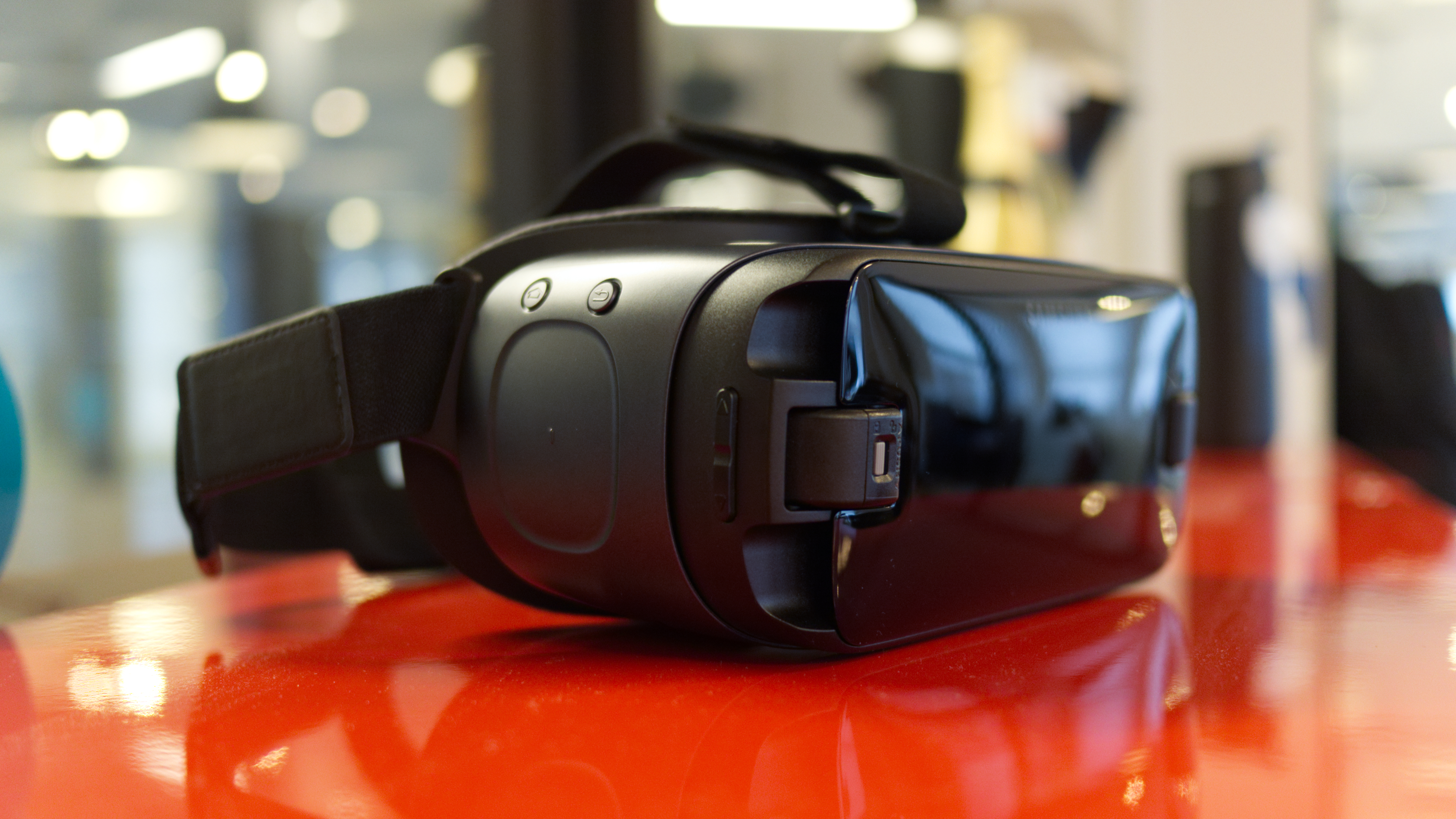Do NOT follow this link or you will be banned from the site!
Techradar
Timestamp: Apr 29, 2024
The current Apple Vision Pro is a fantastic bit of mixed reality kit, blending impressive hardware and an innovative user interface. But as you’ll see in our Apple Visio Pro review, it’s far from perfect; throw in a $3,499 price tag and other early-adopter woes, and the headset isn’t something for most people.
As such, Apple has been tipped to be working on next-generation and potentially cheaper versions of the Vision Pro. But Bloomberg's Mark Gurman, who’s a renowned and accurate Apple tipster, has said the Cupertino crew is some 18 months away from releasing a ‘Vision Pro 2’, with a roadmap that reportedly won't see a second-generation model ready until the end of 2026.
Apparently, Apple will try and bring the cheaper version to the market before then, but Gurman says, per his sources, that Apple is "flummoxed" about how exactly to bring the headset's cost down.
So that arguably leaves a gap in the mixed reality (or XR for extended reality) market, one that Apple has injected interest into for others to join in. Enter Samsung.
Samsung, Sony and SnapdragonThe South Korean tech giant is working on an XR headset that's likely to come with some impressive specs. We’re talking about a Sony-made micro-OLED display with a resolution of 3,840 x 3,552 pixels, 90Hz refresh rate and a peak brightness of 1,000-nits; those are Vision Pro-challenging screen specs. A Snapdragon XR2 Plus Gen 2 chipset is set to power the Samsung XR/VR headset, which could arrive at some point this year.
While Apple has a knack for creating slick interconnected product ecosystems, Samsung has got a lot better at building out its device ecosystem, in addition to having its phones, tablets and other gadgets play nice with Windows 11. So it could make an impressive XR headset that arguably has more flexibility that the Vision Pro by working with more devices and a wider range of laptops.
Now that’s all speculation on my part, but Samsung has made VR headsets in the past and worked closely with Microsoft, which could give it an ace up the sleeve by working well with Microsoft MR platform and perhaps Steam VR; the latter would arguably give it a gaming advantage over the Vision Pro.

Working with a more open-ended platform like Windows 11 could potentially make it easier for more developers to get on board with making XR/MR apps and services. That would make jumping into XR a more appealing prospect if would-be buyers could be assured of plenty of apps and software compatibility.
Furthermore, Samsung is potentially closer to supply chains than Apple – not least of all because it has its own display arm – so could stand to make a high-end XR headset that undercuts the Vision Pro.
While I need to be convinced that extended and mixed reality (which blends virtual and augmented reality) has a viable spot in the future of computing, I’m keen to see Apple have some clear competition in the area – there are other MR headsets but they haven’t really grabbed the limelight or developed a system to compete with Apple’s visionOS; that’s not counting the likes of the Meta Quest 3.
Samsung basically competes with Apple in the smartphone arena, so I see no reason why it can't lock horns in the XR world, and with a reported wait for a next-gen Vision Pro, Samsung could take a bite out of the MR pie for itself.
You might also like